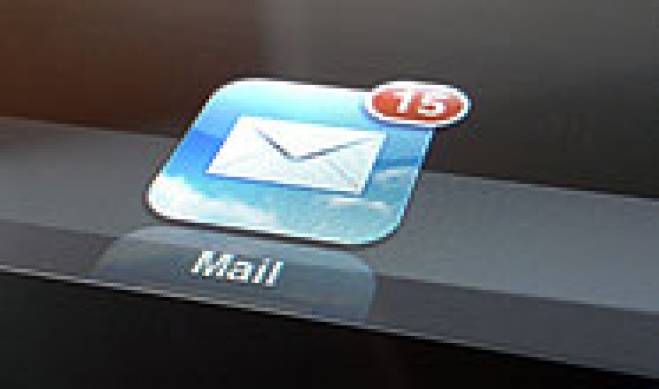Issued by: Digital Fire
Despite fears of email's prominence waning due to the meteoric rise of social media and smart phones, the opposite is happening. The latest studies suggest that people are now using their smart phones to consume media, browse the web and read email more than they are actually using it to talk. So in what way is email being influenced by the growing popularity of smart phones and mobile connectivity?
The future of email is mobile
More and more emails are being opened not on desktop computers or laptops, but on smart devices such as smart phones and tablets. This had necessitated a shift in focus for email marketers and brands alike as more and more companies must now effectively work mobile into their digital strategies. It has become imperative to have a clear indication of exactly how many subscribers are receiving your email via mobile and also tailoring your campaigns to suit the needs of the average smart phone user.
A study conducted by Return Path concluded the following:
- Year-over-year (March '11 - March '12), Email opens on mobile devices grew 82.4%, and is on track to surpass both desktop and webmail email views by midyear.
- Apple devices account for 85% of all mobile email opens.
- Time of day influences which device people read emails on with desktop email clients being the most popular during the weekday and webmail and mobile being more popular during the weekend.
Although these findings reflect the US demographic, it does serve as an indication of the future of email in the age of smart phones.
Things to consider when contemplating mobile email campaigns
The decision on whether to adapt your email campaigns for mobile technology should as always be based on the needs and requirements of your brand's target market. Not all brands will have the same measure of success with mobile, so taking your brand's message and kind of subscriber into account is key. Generally, it the higher LSM market dominate as smart phone users, while in South Africa the lower LSM respond best to mobile campaigns that are not limited to smart phones, such as SMS or even MMS.
Mobile-centric campaigns need to factor many practical aspects on top of strategic planning around the campaign. The actual look of the email, its clarity and readability when displayed on the screen of a smart device, is highly important. As with all email campaigns, the time of sending is also crucial. But when targeting smart phone users - it is even more so. Research suggests that email consumption via smart devices soar over weekends, when people are away from their stationary desktop computers. Think of how these different factors will influence the planning and execution of your campaigns and remember to review the regulations set out by the Consumer Protection Act. Remember, the consumer's rights extend beyond their desktop to their mobile phones.

